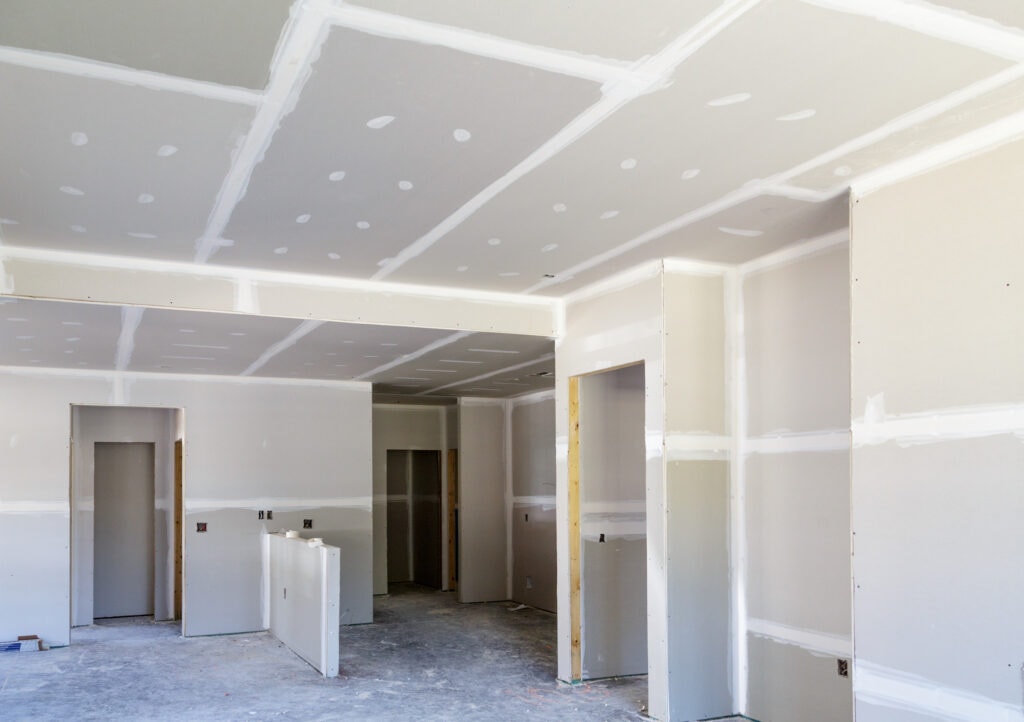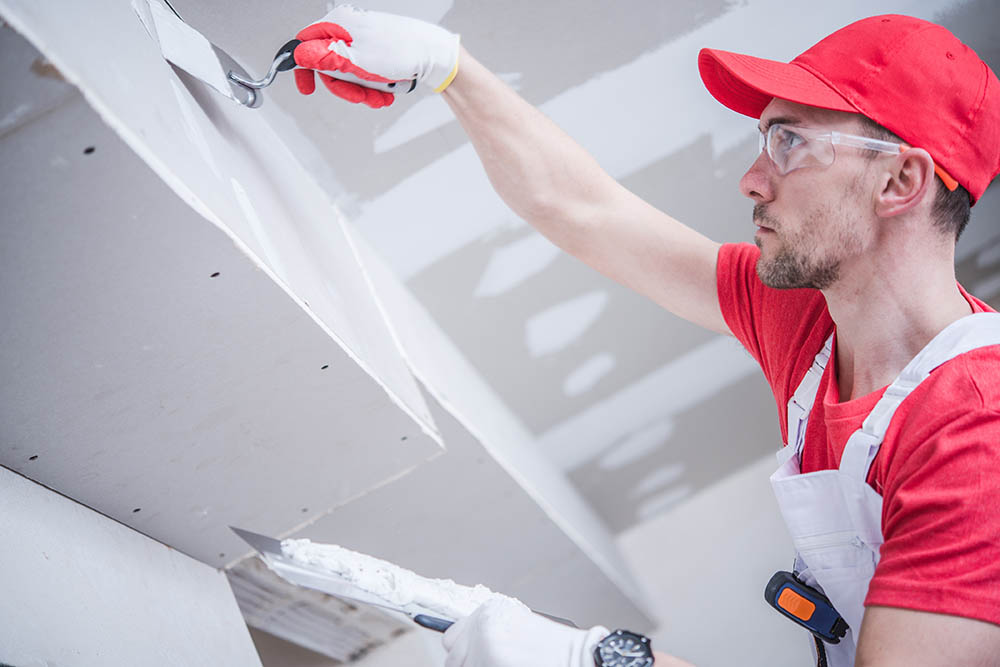Can You Burn Sheetrock? Alternatives, Facts, & FAQ
-
Pete Ortiz
- Last updated:

When you’re finally finished with a lengthy and exhausting drywalling project, taking the quick and easy cleanup route is always tempting. Tossing it in the trash may not be an option, so why not try burning those oversized pieces instead?
It may seem like the most straightforward solution, but putting Sheetrock in the fire will only leave you with another cleanup on your hands. Sheetrock doesn’t burn and, in some instances, can expose you to certain health risks. Save yourself the frustration during your next wall repair job. Find out what happens when you burn Sheetrock and learn some surprisingly simple alternative disposal options.
What Is Sheetrock?
“Sheetrock” is often used interchangeably with “drywall”, and it’s generally safe to do without consequence. But Sheetrock is, technically, a US Gypsum Corporation (USG) brand synonymous with drywall, like Kleenex and tissues or Band-Aids and adhesive strips. Its product line covers several drywall panel types, including fire-resistant, mold-resistant, sag-resistant, and abuse-resistant options.
Sheetrock panels contain at least 85% gypsum, or calcium sulfate dihydrate. The rest is roughly 2–5% cellulose (paper backing) and filler materials, such as starch and glucose, that help to dry and bind the panels. Specialty drywall types include additives, such as:
- Sodium pyrithione: A trace amount (~0.25%) of biocide in mold-resistant panels
- Fiberglass: Mixed with gypsum plaster or used as glass mat to replace paper backing, improving stability and fire resistance
- Vermiculite: Improves fire and crack resistance
Whether it’s a specialty design or not, every panel has some level of fire resistance and a fire rating indicating its ability to hold up to a fire and prevent its spread. Standard ½-inch Sheetrock has a 30-minute rating, Type X has a one-hour minimum rating, and Type C can withstand fires for 2–4 hours. Thicker drywall panels will also burn slower.
Can You Burn Sheetrock?

Sheetrock can resist fire because of its gypsum core. Calcium sulfate dihydrate is roughly 21% water and 79% calcium sulfate, and that last part is what causes issues when trying to burn it.
When you toss a piece of Sheetrock in a fire, the paper backing will burn without hesitation. The water content of the gypsum will then steam off, helping slow the fire’s spread.
That leaves only dried calcium sulfate, a non-combustible compound. Calcium sulfate will not burn, and you’ll have a pile of gypsum dust once the fire dies. Meanwhile, fire-rated Sheetrock will include non-combustible fiberglass, and if it has glass mat backing, none of it will burn.
Is It Safe to Burn Sheetrock?
Burning Sheetrock can also be dangerous. As the drywall burns, gypsum dust can be released into the air. Although it likely won’t be life-threatening, exposure could cause moderate irritation in the face, lungs, and airways.
If you’re remodeling and trying to dispose of old drywall, you must be even more cautious. Although USG produces Sheetrock in America, much of the other drywall used during construction in the mid-2000s came from China to meet rising demand. But thanks to quality control issues, the delivered panels often had abnormally high concentrations of hazardous substances like sulfur and strontium, which can be released into the air when burned.
How to Safely Dispose of Sheetrock

Tossing scrap pieces of Sheetrock in the fire isn’t a practical way to get rid of Sheetrock, but some options are equally quick and easy. A few larger pieces may be handy to keep on hand for the odd repair job. Otherwise, if you have no use for the drywall, try one of these disposal options:
- Remove the paper backing, grind down the gypsum, and spread it in the garden to help the soil’s stability and promote root growth
- Compost the gypsum after taking off the paper backing
You can also try recycling Sheetrock, especially if it has additives that prevent you from adding it to the garden. Unfortunately, you often can’t get rid of drywall through the standard curbside service. Instead, contact your municipality for information on arranging a special pickup. Calling 1-800-RECYCLING is another excellent starting point to get help safely disposing of old Sheetrock.
Conclusion
Sheetrock does not burn, and attempting to get rid of it in a fire without safety precautions could cause respiratory issues. Assess the state of your drywall and consider if it’s something you can repurpose or recycle. At the end of a tiring construction project, you could take the easy route and give those leftover pieces a convenient home right in the backyard.
Featured Image Credit: Ja images, Shutterstock
Contents


